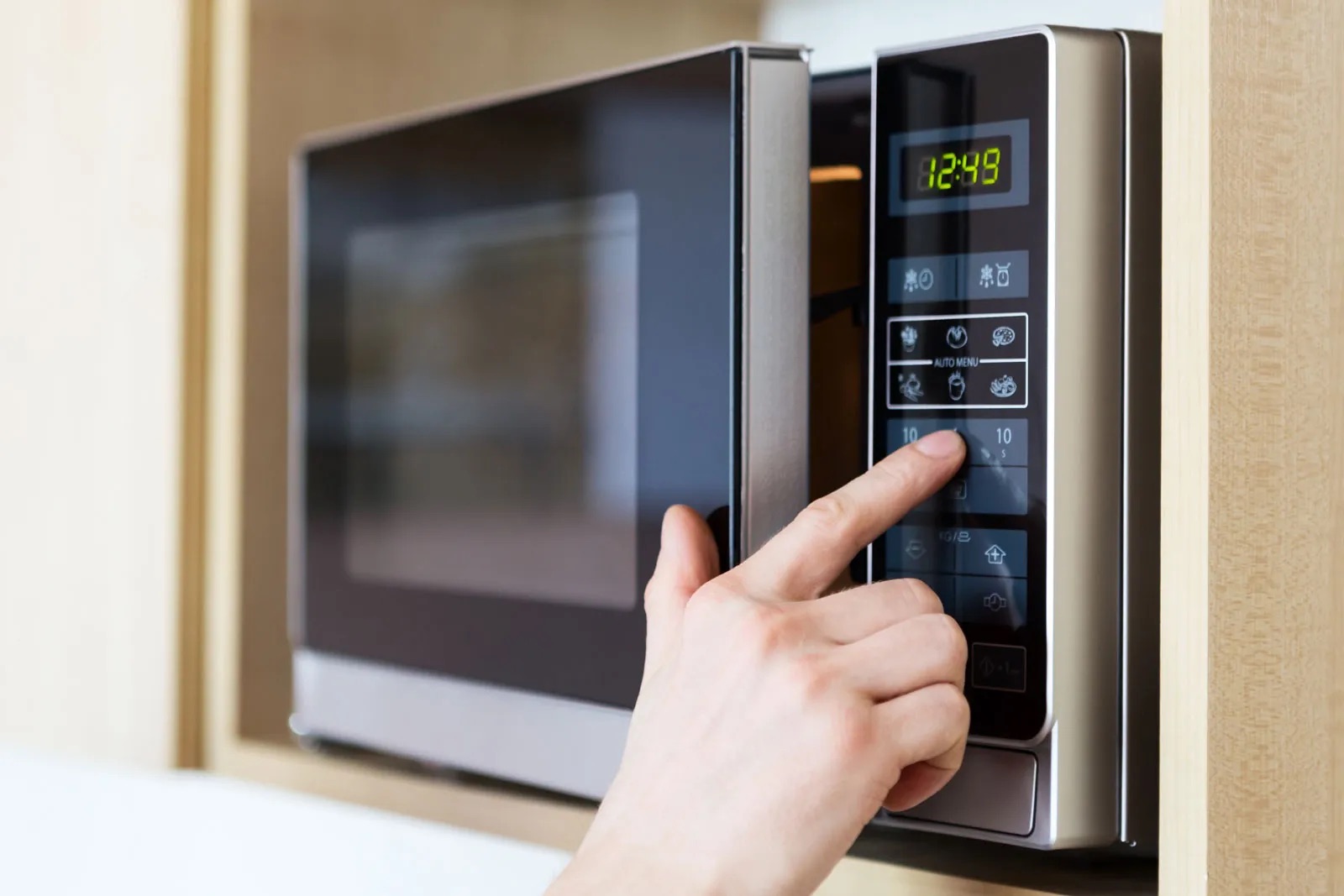

Articles
How Does A Microwave Oven Work
Modified: January 6, 2024
Discover how microwave ovens work with our informative articles. Learn about the science behind this essential kitchen appliance and its incredible heating capabilities.
(Many of the links in this article redirect to a specific reviewed product. Your purchase of these products through affiliate links helps to generate commission for Storables.com, at no extra cost. Learn more)
Introduction
Microwave ovens have become an essential part of modern kitchens, revolutionizing the way we cook and heat our food. These handy appliances have simplified meal preparation, making it faster and more convenient than ever before. But have you ever wondered how a microwave oven actually works? In this article, we will explore the inner workings of these fascinating devices and uncover the science behind their efficient and rapid cooking capabilities.
Since their invention, microwave ovens have come a long way, with advancements in technology and design making them an indispensable tool in households around the world. The convenience they offer, combined with their ability to evenly heat food in a fraction of the time compared to conventional ovens, has made them a staple in modern cooking.
To fully understand how a microwave oven functions, we need to delve into its history and explore the basic components that make it work. By gaining a deeper understanding of the science behind microwave ovens, you’ll be able to maximize their potential for cooking delicious meals in a fraction of the time.
Key Takeaways:
- Microwave ovens, powered by the magnetron, revolutionized cooking with efficient dielectric heating. Understanding microwaves’ interaction with water molecules and following safety precautions ensures safe and convenient usage.
- From reheating to baking, microwave ovens offer versatile cooking options. By utilizing proper containers and following manufacturer guidelines, users can enjoy quick, uniform, and nutrient-preserving meals.
Read more: How Does A Convection Microwave Oven Work
History of Microwave Ovens
The development of microwave ovens can be traced back to World War II when researchers were working on radar technology. It was during this time that Dr. Percy Spencer, an engineer at Raytheon Corporation, made a groundbreaking discovery. While conducting experiments on a magnetron, a component of radar systems, he noticed that a chocolate bar in his pocket had melted. This incident led him to realize the potential of using microwaves for cooking.
In 1945, Raytheon Corporation introduced the first microwave oven, called the Radarange. It was large, expensive, and designed for commercial use in restaurants and fast-food chains. These early models were cumbersome and required significant power and space. However, they paved the way for further advancements in microwave oven technology.
Throughout the 1950s and 60s, manufacturers focused on miniaturizing microwave ovens to make them suitable for residential use. These smaller models became more affordable and accessible, leading to a surge in their popularity. By the 1970s, microwave ovens became a common sight in households around the world.
Advancements in technology continued to improve microwave ovens over the years. The introduction of solid-state components, such as transistors and integrated circuits, made the appliances more efficient and reliable. Additionally, the development of touchpad controls and digital displays made operating the microwave ovens easier and more user-friendly.
Today, microwave ovens come in various sizes, styles, and features to cater to the diverse needs of consumers. From countertop models to built-in units, microwave ovens have become an essential part of modern kitchens, allowing individuals to quickly and efficiently heat, cook, and defrost their favorite meals with ease.
The history of microwave ovens is a testament to human innovation and our constant quest for convenience. From humble beginnings as a byproduct of radar technology to a staple in households worldwide, the microwave oven has undoubtedly revolutionized the way we cook and consume food.
Basic Components of a Microwave Oven
A microwave oven may appear simple from the outside, but it consists of several essential components that work together to generate and distribute microwaves for cooking. Understanding these components will give you a better grasp of how a microwave oven operates.
1. Magnetron: The heart of a microwave oven is the magnetron. This high-powered electronic vacuum tube generates electromagnetic waves, specifically microwaves, that are used to heat and cook food. The magnetron converts electrical energy into microwave radiation, which is then emitted into the oven cavity.
2. Oven Cavity: The oven cavity, also known as the cooking chamber, is the enclosed space inside the microwave oven where food is placed for cooking. It is designed to be reflective, ensuring that the microwaves are evenly distributed and absorbed by the food.
3. Turntable: Many microwave ovens feature a rotating glass plate or turntable. This component helps to ensure even cooking by rotating the food throughout the cooking process. It helps to eliminate any cold spots and ensures that the food is cooked consistently from all angles.
4. Control Panel: The control panel is where the user can set the desired cooking time, power level, and other functions. It typically consists of a digital display, buttons, and knobs that allow the user to operate the microwave oven easily and adjust the settings according to their requirements.
5. Timer: The timer is an essential component of a microwave oven that allows the user to set the cooking time for their food. It ensures that the microwave oven operates for the desired duration and automatically shuts off once the time elapses.
6. High Voltage Capacitor: The high voltage capacitor is responsible for storing electrical energy and delivering it to the magnetron to generate microwaves. It helps to maintain a steady and controlled output of power to ensure efficient and consistent heating.
7. Door and Safety Mechanisms: The microwave oven is equipped with a safety door mechanism that prevents the microwaves from escaping while the oven is in operation. It typically includes a door latch, seals, and a shielding mesh on the glass door to contain the microwaves safely within the oven cavity.
These are some of the fundamental components that make up a microwave oven. Understanding how these components work together will give you a better appreciation of the technology behind these versatile kitchen appliances.
The Role of Magnetron
The magnetron is one of the most critical components of a microwave oven. This high-powered electronic vacuum tube is responsible for generating the electromagnetic waves, specifically microwaves, that are used for cooking and heating food. Let’s explore the role of the magnetron and how it functions within the microwave oven.
1. Microwave Generation: The primary function of the magnetron is to generate microwaves. It achieves this by converting electrical energy into electromagnetic waves with a specific wavelength of around 12 cm to 30 cm, commonly known as microwaves. These microwaves are then emitted into the oven cavity, where they interact with the food.
2. Electron Emission: The magnetron contains a cathode and anode, as well as a series of resonant cavities and magnetic fields. When a high-voltage power source is applied, electrons are emitted from the cathode and accelerated towards the anode by the electric field within the magnetron. These fast-moving electrons then interact with the magnetic fields, causing them to spiral and follow a curved path.
3. Magnetic Fields: The magnetron utilizes the interaction between the electrons and a series of powerful magnets to produce the desired microwave frequency. The magnetic fields within the magnetron cause the electrons to move in a cycloidal or circular path, repeatedly crossing a resonant cavity. This cycloidal motion, combined with the resonant frequency of the cavities, causes the electrons to release energy in the form of microwaves.
4. Waveguide and Antenna: Once the microwaves are generated, they are channeled through a waveguide, a hollow metal tube, towards an antenna. The waveguide and antenna ensure that the microwaves are efficiently directed into the oven cavity, where they can interact with the food. The design of the waveguide and antenna is critical in achieving even distribution and absorption of the microwaves across the food.
5. Cooking Process: Once the microwaves enter the oven cavity, they penetrate the food and interact with the water molecules present in the food. The microwaves cause these water molecules to vibrate rapidly, generating heat through a process known as dielectric heating. The heat produced from the rapid molecular movement evenly cooks or heats the food from the inside out, resulting in quicker and more efficient cooking compared to conventional ovens.
The magnetron plays a pivotal role in the functioning of a microwave oven by generating the microwaves that heat and cook our food. Its ability to convert electrical energy into electromagnetic waves revolutionized the way we prepare meals, offering convenience and speed in the kitchen. Understanding the role of the magnetron helps us appreciate the science behind microwave oven technology and its impact on modern cooking.
Understanding Microwaves
Microwaves are a form of electromagnetic radiation that falls within the radiofrequency range. Despite sharing the same spectrums as radio waves, microwaves have distinct properties that make them ideal for heating and cooking food in microwave ovens. Let’s explore some key aspects of microwaves and their interaction with food.
1. Wavelength and Frequency: Microwaves have longer wavelengths and lower frequencies compared to visible light. Their wavelengths typically range from 1 millimeter to 1 meter, while their frequencies fall between 300 megahertz (MHz) and 300 gigahertz (GHz). This unique wavelength and frequency range allow microwaves to effectively penetrate and interact with food.
2. Water Absorption: One of the fundamental characteristics of microwaves is their ability to be absorbed by water molecules. Water molecules have a positive and negative charge, which allows them to rapidly and efficiently absorb the energy from the microwave radiation. This absorption leads to the molecules vibrating and generating heat within the food.
3. Dielectric Heating: The mechanism by which microwaves heat food is known as dielectric heating. Dielectric heating occurs when the rapidly oscillating electric field of the microwave interacts with the polar molecules in the food, such as water, fats, and sugars. These molecules try to align themselves with the alternating electric field, causing them to rapidly vibrate and generate heat.
4. Even Heating: Unlike traditional ovens, which heat food from the outside in, microwaves heat food evenly from the inside out. Due to the ability of microwaves to penetrate the food and interact with the water molecules throughout, there is no need for preheating or turning the food during cooking. This even heat distribution ensures that the food is cooked thoroughly and eliminates the risk of drying out certain areas.
5. Non-ionizing Radiation: Microwaves fall under the category of non-ionizing radiation, meaning they do not have enough energy to ionize atoms or molecules. This makes microwave radiation safe for cooking purposes, as it does not have the ability to cause chemical changes or damage DNA.
Understanding the basic principles of microwaves helps us appreciate how they are utilized in microwave ovens. Their ability to interact with water molecules and efficiently generate heat through dielectric heating has revolutionized the way we cook and heat our food. The knowledge of these microwave properties enables us to make the most of our microwave ovens and ensures safe and efficient cooking experiences.
Microwaves work by emitting radio waves that cause water molecules in food to vibrate, generating heat. This heat cooks the food quickly and evenly. Always use microwave-safe containers to avoid damage or injury.
Microwave Oven Operation
Operating a microwave oven is relatively straightforward and user-friendly. The controls and settings may vary depending on the specific model, but the basic principles remain the same. Let’s explore the general operation of a microwave oven and how to use it effectively.
1. Setting Power and Time: When using a microwave oven, you typically start by setting the desired power level for your cooking needs. Most microwave ovens offer a range of power levels, allowing you to adjust the intensity of the microwaves emitted. Additionally, you need to set the cooking time using the timer function, which determines how long the microwave oven will operate.
2. Placing the Food: Once you have set the power and time, place the food you want to cook or heat inside the oven cavity. Food should be placed in microwave-safe containers or on microwave-safe plates. Avoid using containers made of metal or materials that are not explicitly labeled as microwave-safe, as they can cause sparks or damage the oven.
3. Close the Door: Before starting the microwave oven, ensure that the door is securely closed. Microwave ovens are designed with safety mechanisms that prevent them from operating if the door is not properly closed. This ensures that the microwaves are contained within the oven cavity during operation.
4. Starting the Microwave: Once the food is prepared and the door is closed, press the start button or the appropriate function on the control panel to begin the cooking process. The microwave oven will start emitting microwaves and cooking the food according to the set power level and time.
5. Monitoring the Cooking Process: It is advisable to keep an eye on the food while it is cooking in the microwave oven. This allows you to check for any signs of overcooking, ensure even heating, and make adjustments if necessary. Be cautious when removing hot containers from the microwave oven and use oven mitts or pot holders to protect your hands.
6. Allowing for Resting Time: After the cooking time has elapsed, it is recommended to allow the food to rest inside the microwave oven for a short period. This resting time helps to distribute the heat evenly throughout the food and allows for any residual cooking to take place.
Always refer to the instruction manual provided by the manufacturer for specific guidelines and recommendations when operating your microwave oven. Following proper operating procedures ensures efficient and safe cooking experiences while maximizing the potential of your microwave oven.
Heating Mechanism in Microwave Ovens
The heating mechanism in microwave ovens is based on the principle of dielectric heating. Unlike conventional ovens that rely on conduction, convection, and radiant heat, microwave ovens use microwaves to heat the food. Let’s explore the heating mechanism in microwave ovens and how it works.
1. Microwave Generation: The first step in the heating process is the generation of microwaves by the magnetron within the microwave oven. The magnetron converts electrical energy into electromagnetic waves, specifically microwaves, with a specific frequency and wavelength.
2. Penetration of Microwaves: Once generated, the microwaves are emitted into the oven cavity and penetrate the food. They have the ability to pass through most materials, including glass, ceramics, paper, and certain plastics. However, they are reflected by metal, which is why metal containers and utensils should not be used in microwave ovens.
3. Interaction with Water Molecules: The key to the heating mechanism in microwave ovens lies in the interaction between the microwaves and water molecules in the food. Water molecules possess a positive and negative charge, allowing them to rapidly absorb the energy from the microwaves.
4. Dielectric Heating: As the microwaves are absorbed by the water molecules, they cause the molecules to vibrate rapidly. This molecular vibration generates heat through a process called dielectric heating. The heat produced from the molecular movement then spreads throughout the food, heating it from the inside out.
5. Uniform Heating: One of the advantages of dielectric heating in microwave ovens is the ability to achieve uniform heating. Unlike conventional ovens that heat food from the outside, microwaves evenly heat the food throughout its volume. This results in shorter cooking times and ensures that the food is cooked consistently without the risk of overcooking certain parts.
6. Preservation of Nutrients: Microwaves provide a fast and efficient cooking method that helps to preserve the nutrients in food. The shorter cooking times and even heating minimize the loss of vitamins and minerals that can occur with traditional cooking methods, such as boiling or steaming.
7. Less Energy Consumption: Microwave ovens are known for their energy efficiency. Since microwaves heat the food directly, there is no need to preheat the oven or wait for the heat to transfer from the oven walls to the food. This reduces energy consumption and contributes to a more sustainable cooking process.
Understanding the heating mechanism in microwave ovens allows us to appreciate the efficiency and convenience they offer. By utilizing dielectric heating and the properties of water molecules, microwave ovens revolutionize the cooking process and provide an excellent option for quick and uniform heating of a wide variety of foods.
Cooking in a Microwave Oven
Microwave ovens have revolutionized the way we cook by providing a quick and efficient method for preparing a wide range of dishes. Whether you’re reheating leftovers, defrosting frozen food, or cooking a full meal from scratch, a microwave oven can be a versatile and convenient tool in the kitchen. Let’s explore the different cooking techniques and tips for using a microwave oven effectively.
1. Reheating: One of the most common uses of a microwave oven is reheating leftovers. To reheat food, place it on a microwave-safe plate or in a microwave-safe container. Cover the food with a microwave-safe lid or microwave-safe plastic wrap to retain moisture and prevent splattering. Set the desired power level and cooking time, then start the microwave. Stir or rotate the food halfway through the cooking process to ensure even heating. Be cautious when removing hot dishes from the microwave oven.
2. Defrosting: Microwave ovens are excellent for defrosting frozen food quickly. Remove the food from its packaging and place it in a microwave-safe container. Set the microwave to the defrost mode or adjust the power level accordingly. Be sure to follow the recommended defrosting time provided by the manufacturer or recipe. It’s essential to monitor the food closely during the defrosting process to prevent any areas from starting to cook.
3. Cooking: Microwave ovens can efficiently cook a variety of foods, including vegetables, meat, fish, and even desserts. When cooking in a microwave oven, it’s important to ensure even heat distribution. Consider cutting ingredients into similar-sized pieces to promote uniform cooking. Use microwave-safe cookware and cover the dish with a lid or microwave-safe plastic wrap to trap steam and promote faster cooking. Adjust the power level and cooking time depending on the desired doneness. Stir or turn the food periodically to ensure even cooking.
4. Steaming: Microwave ovens are excellent for steaming vegetables, preserving their color, texture, and nutrients. Place the vegetables in a microwave-safe dish with a small amount of water. Cover the dish with a lid or microwave-safe plastic wrap, leaving a small vent to allow steam to escape. Set the cooking time based on the type and amount of vegetables, adjusting as needed. Be careful when removing the cover to avoid the hot steam.
5. Baking: While microwave ovens are primarily used for quick cooking, they can also be used for baking certain dishes like cakes, muffins, and bread. Use microwave-safe baking containers and adjust the power level and cooking time accordingly. It may be necessary to experiment and make adjustments to achieve the desired texture and doneness. Pay attention to any height restrictions in the microwave oven to ensure adequate space for rising.
Experimenting with different cooking techniques and recipes will help you fully utilize the capabilities of your microwave oven. It’s essential to follow the manufacturer’s instructions and safety guidelines for your specific model. By understanding the various cooking methods and making adjustments as needed, you can create delicious meals efficiently and conveniently with your microwave oven.
Safety Considerations and Precautions
While microwave ovens are safe and convenient kitchen appliances, it is important to follow safety guidelines to ensure proper usage and minimize potential risks. By taking the necessary precautions, you can safely enjoy the benefits of cooking and heating with a microwave oven. Here are some essential safety considerations to keep in mind:
1. Microwave-Safe Containers: Always use microwave-safe containers and utensils when cooking or reheating food in a microwave oven. Avoid using containers made of metal, as they can cause sparks or fire hazards. Check for labels indicating that the materials are safe for use in the microwave.
2. Hot Containers: Be cautious when handling hot containers and dishes that have been heated in the microwave oven. Use oven mitts or pot holders to protect your hands and avoid burns. Remember that microwave-safe containers can become hot during the cooking process.
3. Stirring and Testing Heat: Stir or rotate the food during cooking to ensure even heat distribution. This helps to prevent hot or cold spots within the food. Be sure to test the temperature of the food before consuming, as the heat may not be evenly distributed.
4. Steam Safety: When removing covers or lids from dishes cooked in the microwave oven, do so with caution to prevent burns from escaping steam. Open covers away from your face and body, and use oven mitts or pot holders to protect your hands.
5. Child Safety: Keep microwave ovens out of reach of children to prevent accidents. The high temperatures and heating capabilities of microwave ovens can cause burns or other injuries if children play with them unsupervised.
6. Cleaning: Regularly clean the microwave oven to prevent the buildup of food debris and grease. Wipe spills immediately, and use microwave-safe cleaning agents or a mixture of vinegar and water to remove stubborn stains. Cleaning the oven ensures efficient operation and prevents odors or potential fire hazards.
7. Do Not Operate Empty: Avoid running the microwave oven empty, as this can cause damage to the appliance. The food or liquid inside the oven helps to absorb and disperse the microwaves, preventing excessive energy buildup.
8. Follow Manufacturer’s Instructions: Read and follow the manufacturer’s instructions and guidelines for safe usage of your specific microwave oven model. Familiarize yourself with the control panel, power settings, and safety features provided.
By staying mindful of these safety considerations and precautions, you can enjoy the benefits of using a microwave oven without compromising your well-being. Remember to exercise caution, use proper cookware, and follow the manufacturer’s guidelines to ensure safe and enjoyable cooking experiences.
Read more: How Long Does A Microwave Oven Last
Conclusion
Microwave ovens have transformed the way we cook and heat food, providing convenience, efficiency, and versatility in the kitchen. Understanding the inner workings of these appliances allows us to make the most of their capabilities while ensuring safe and effective usage. From the history and basic components to the heating mechanism and cooking techniques, we have explored the fascinating aspects of microwave oven technology.
The development of microwave ovens from their early commercial use to becoming a household staple is a testament to human innovation and our constant desire for convenience. The key component, the magnetron, plays a critical role in generating microwaves that efficiently heat and cook our food through dielectric heating. Microwaves’ ability to interact with water molecules and evenly distribute heat enables us to achieve quick and uniform cooking results.
When operating a microwave oven, it is crucial to follow safety considerations and precautions. Using microwave-safe containers, being cautious with hot dishes, and practicing proper cleaning and maintenance are essential for avoiding accidents and ensuring optimal performance. By understanding the specific guidelines provided by the manufacturer, we can enjoy the benefits of microwave ovens while reducing risks.
Microwave ovens have become an integral part of modern kitchens, providing fast and efficient ways to reheat, defrost, and cook food. They are particularly useful for busy individuals who seek convenience and time-saving solutions without compromising on quality. By utilizing various cooking techniques, such as steaming and baking, microwave ovens offer a versatile and practical approach to meal preparation.
In conclusion, microwave ovens have revolutionized the way we cook, offering a quick and efficient solution for our daily culinary needs. By understanding the science behind their operation, practicing safety precautions, and exploring their cooking capabilities, we can fully utilize the potential of microwave ovens in our everyday lives, making cooking and heating tasks more convenient, enjoyable, and time-efficient.
Frequently Asked Questions about How Does A Microwave Oven Work
Was this page helpful?
At Storables.com, we guarantee accurate and reliable information. Our content, validated by Expert Board Contributors, is crafted following stringent Editorial Policies. We're committed to providing you with well-researched, expert-backed insights for all your informational needs.
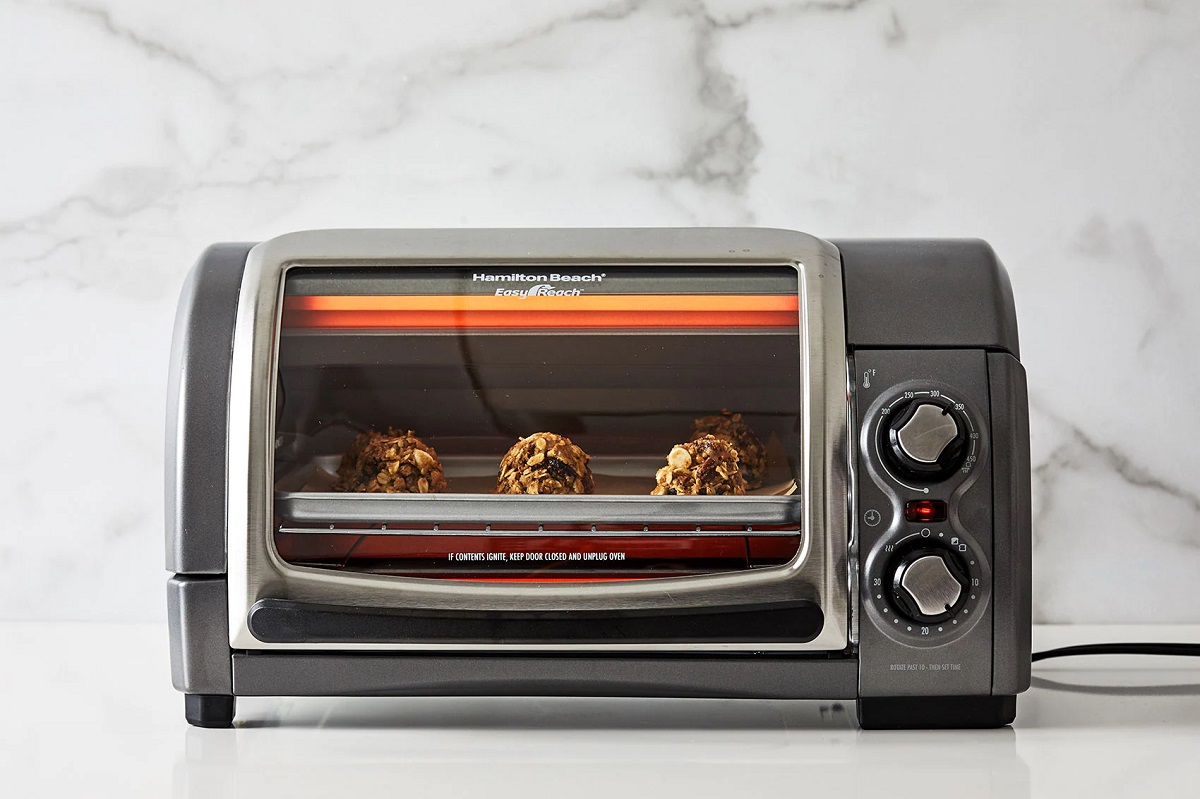
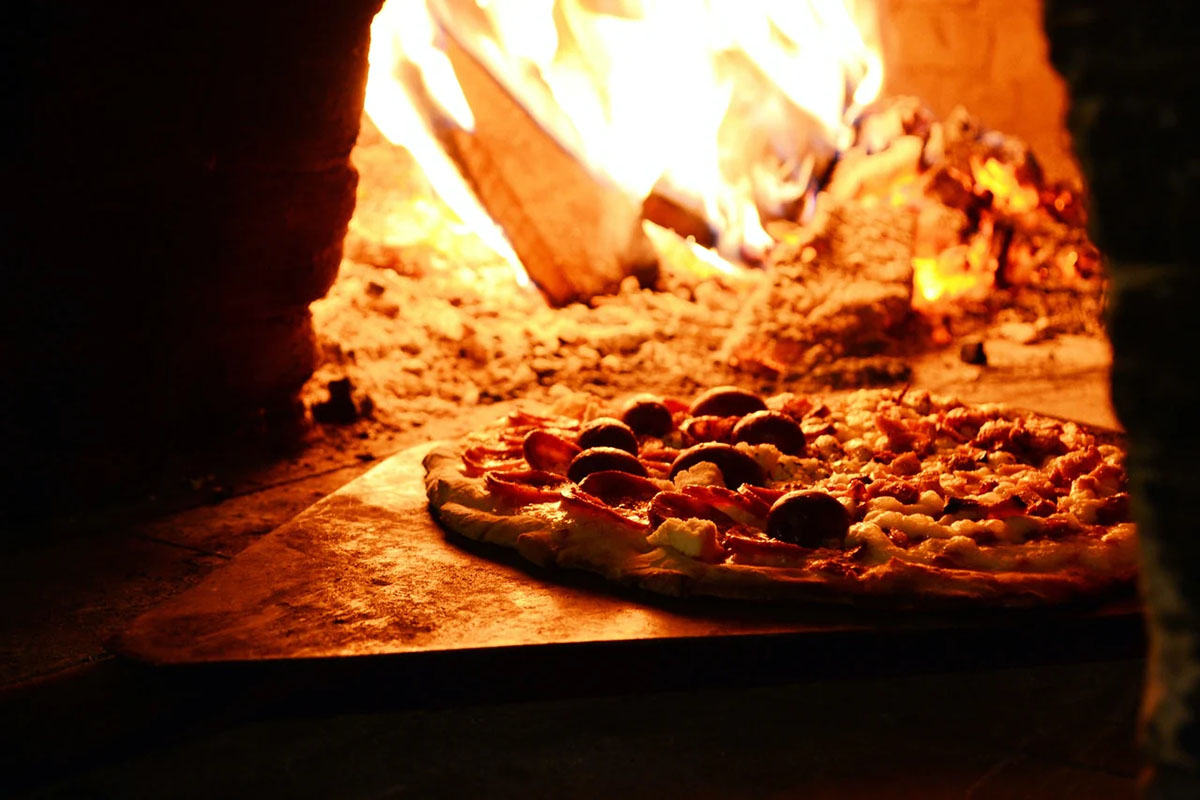
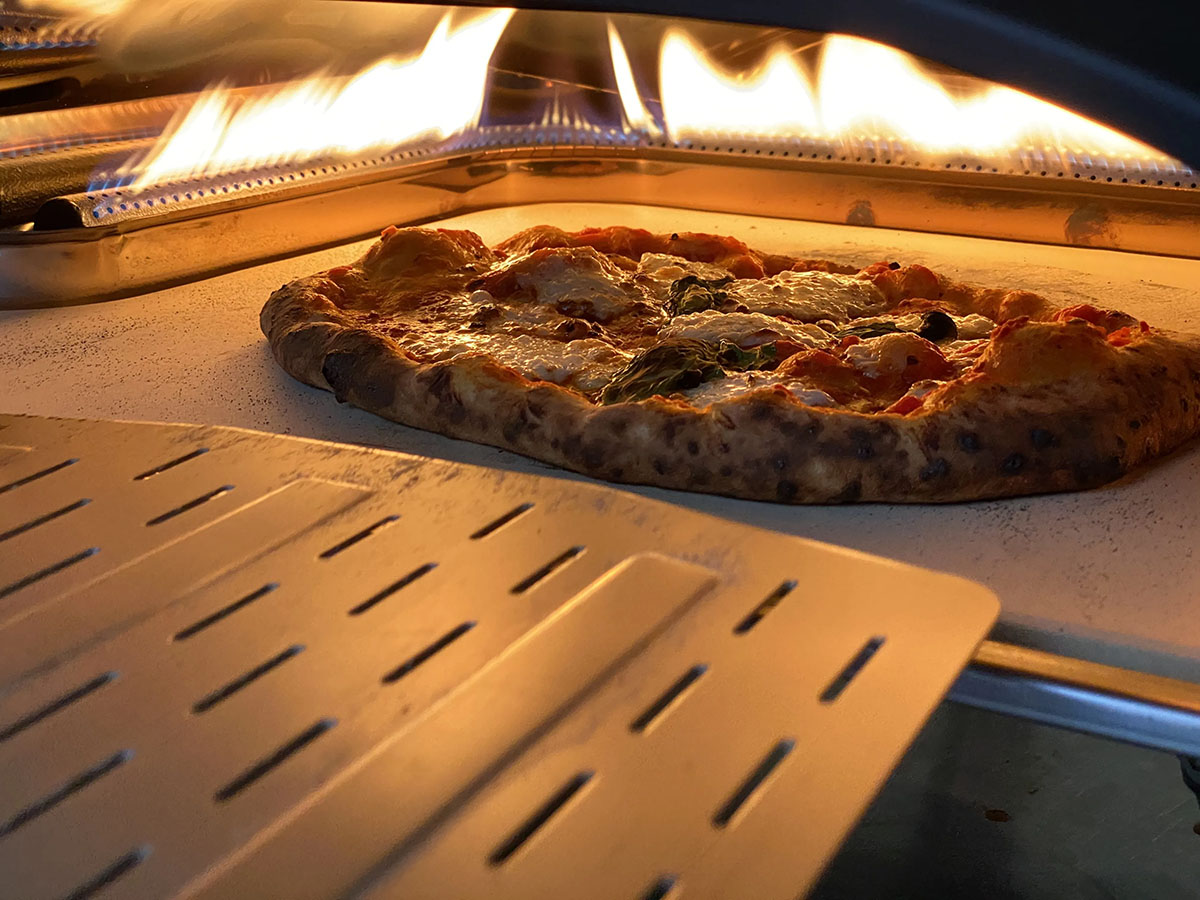
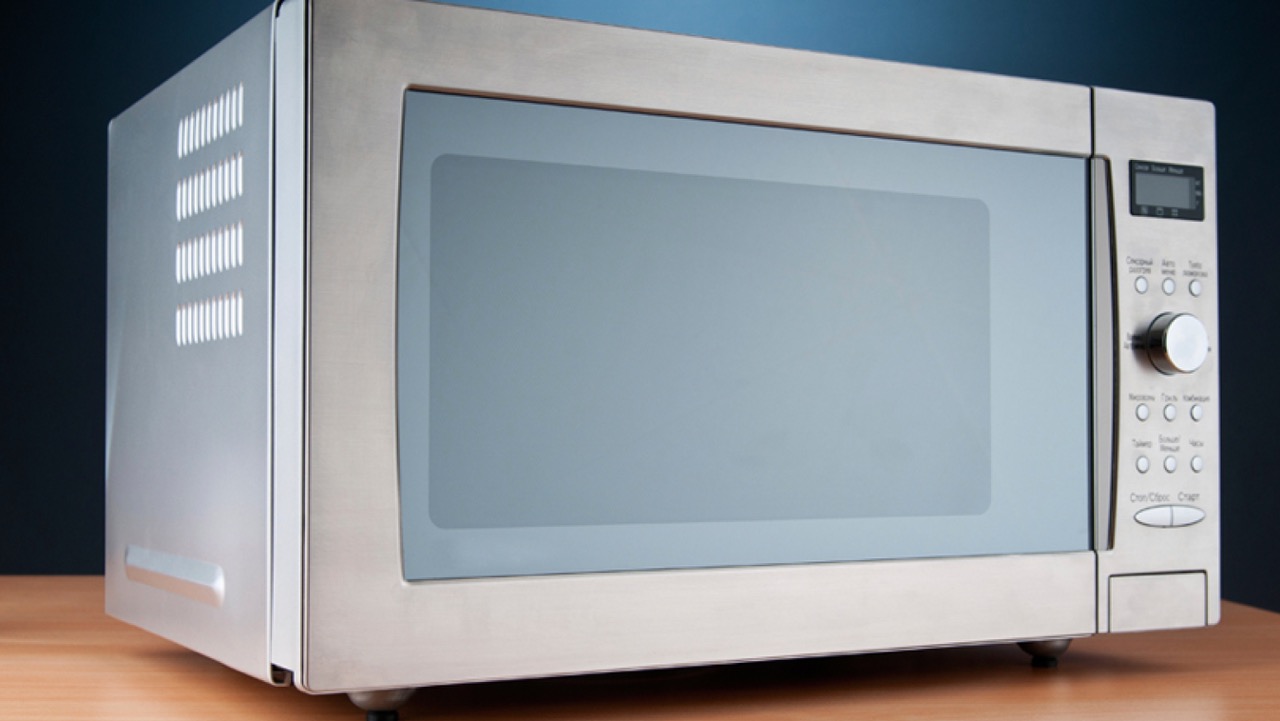
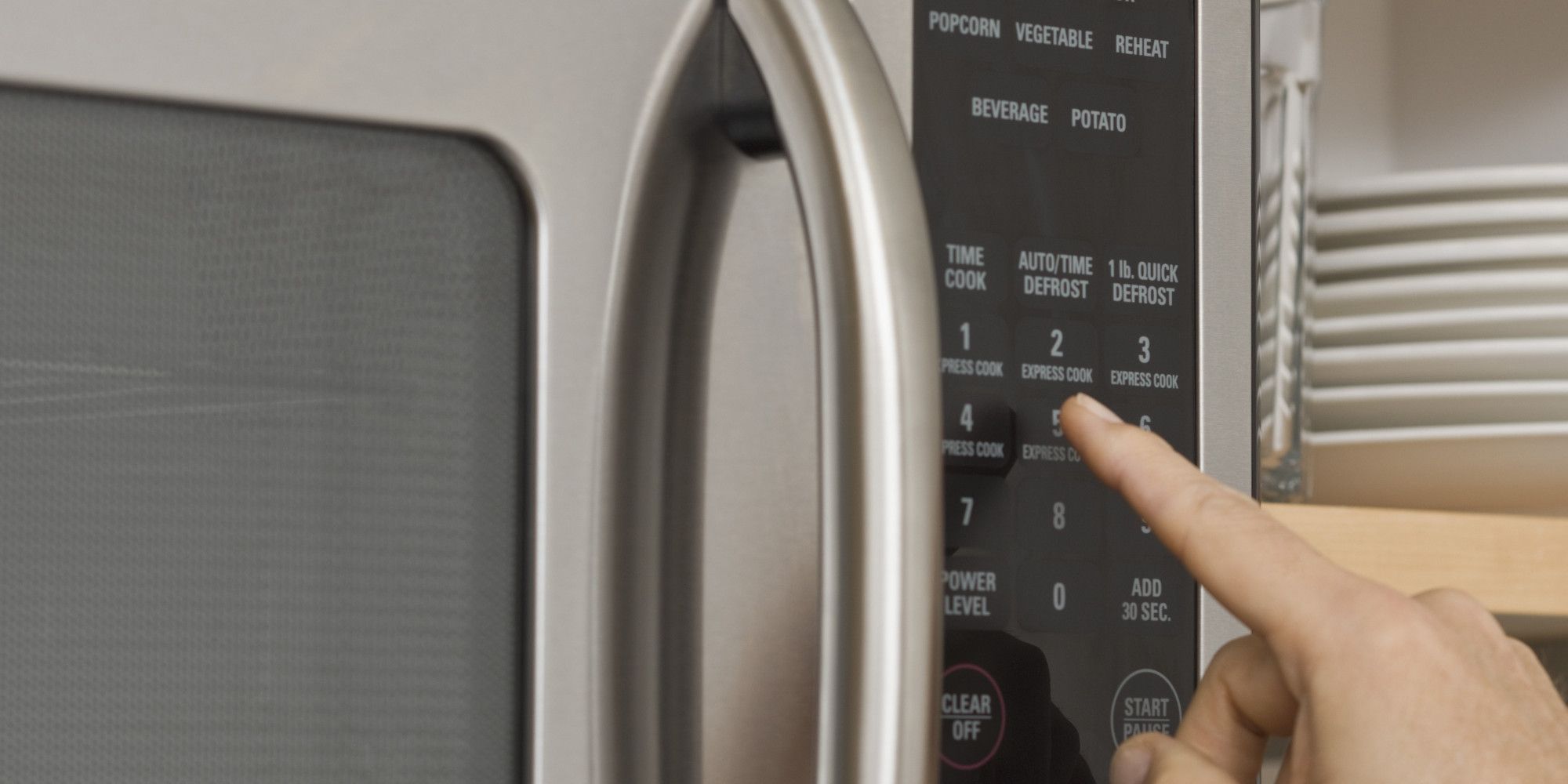

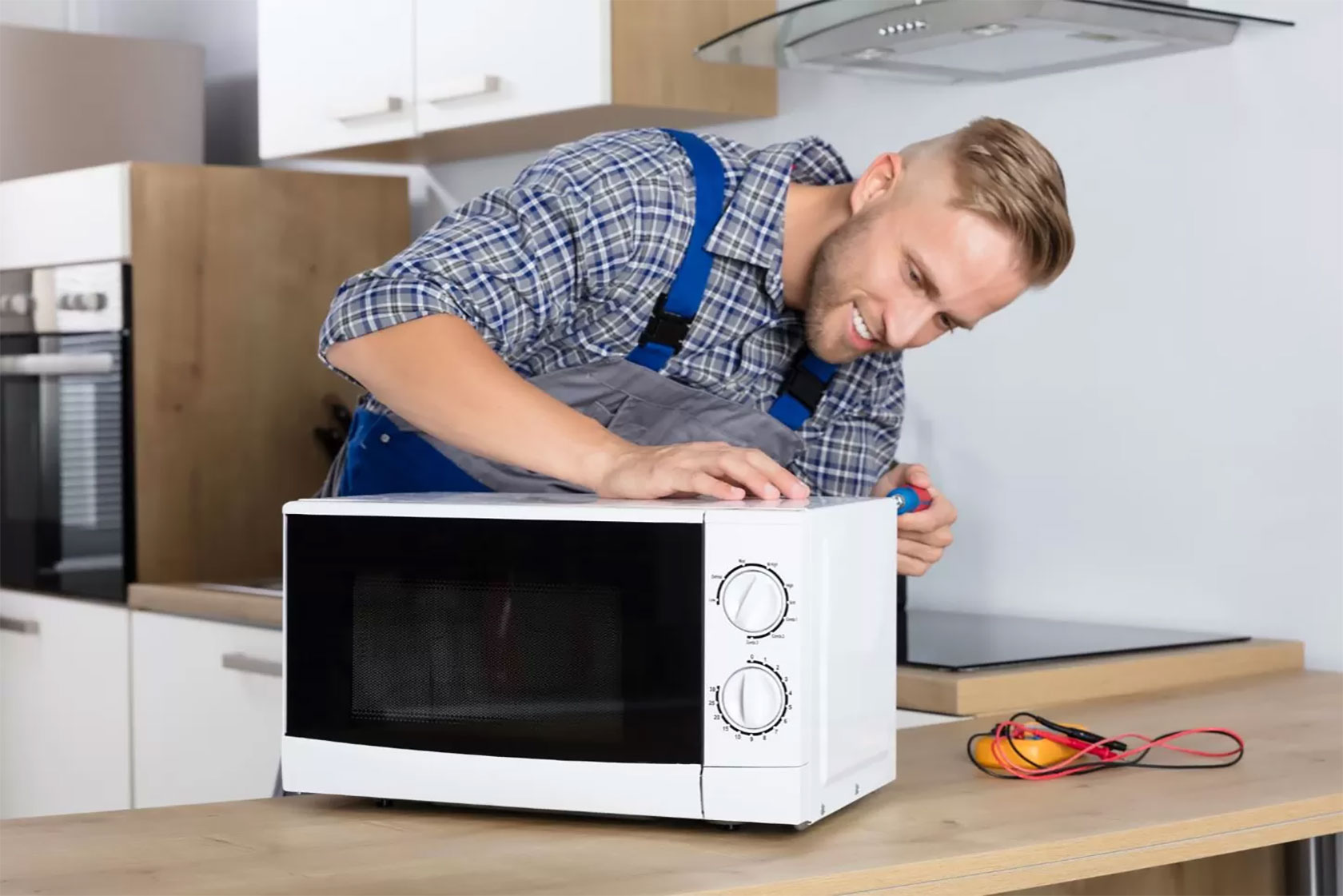
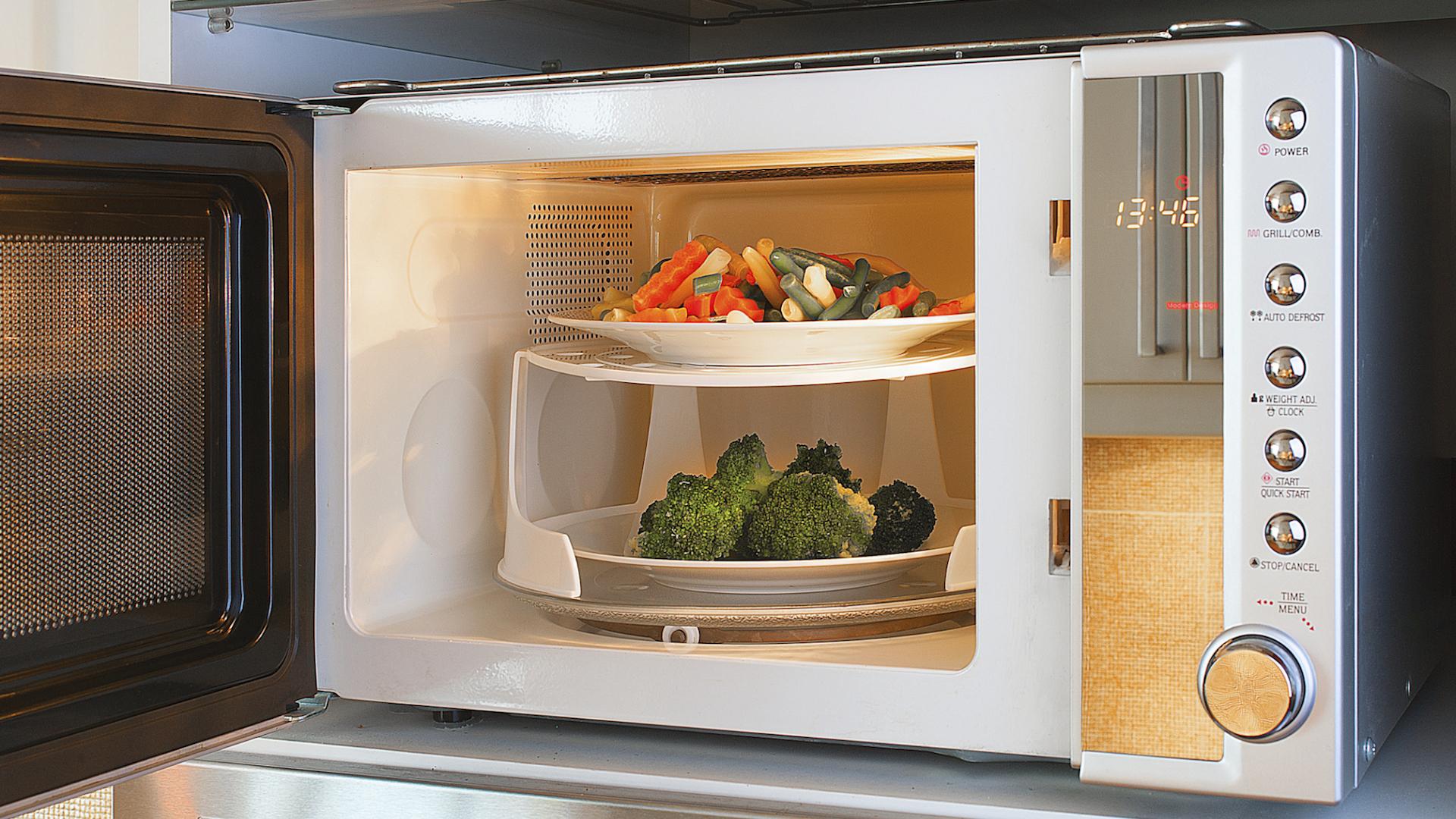
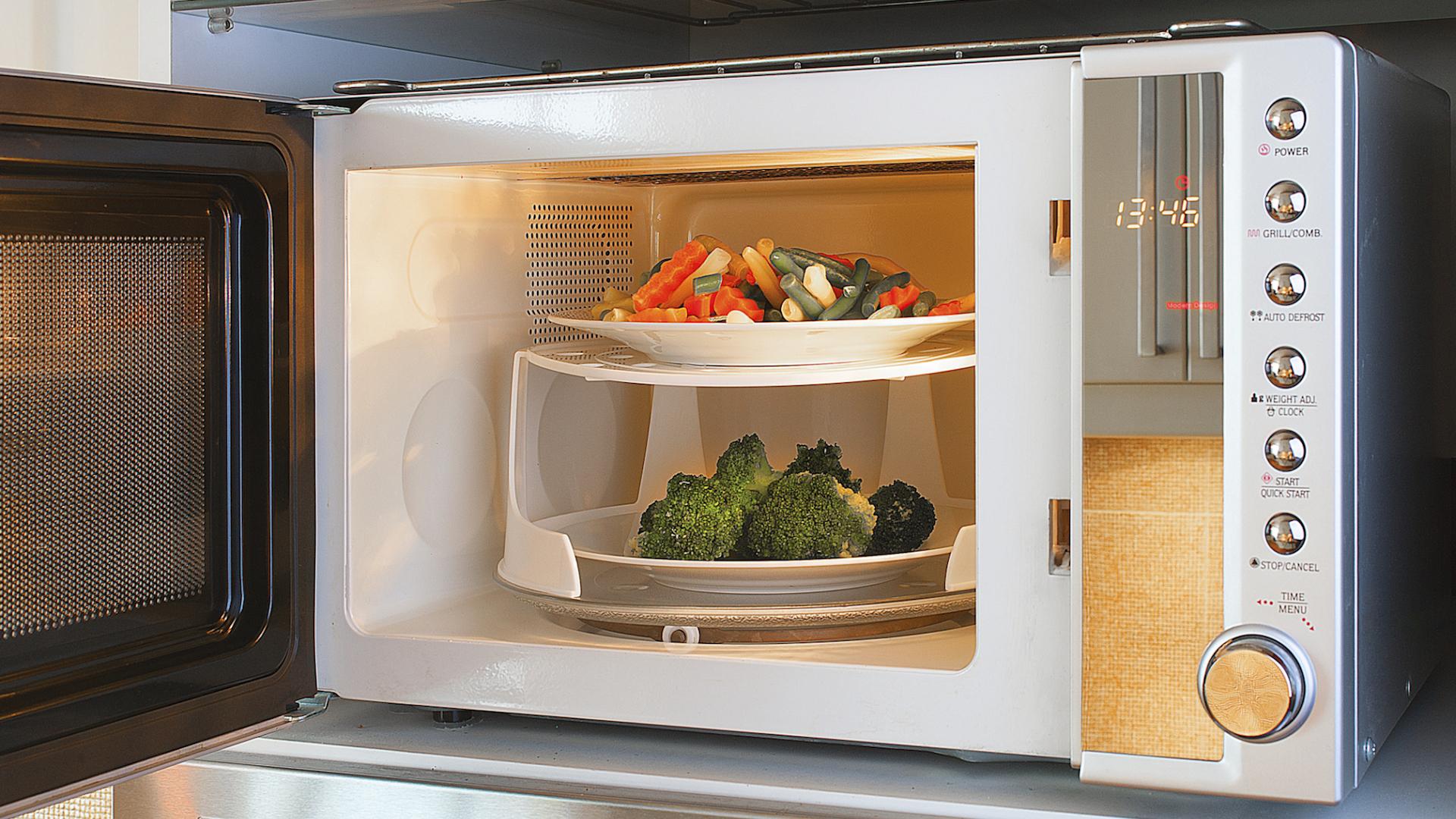
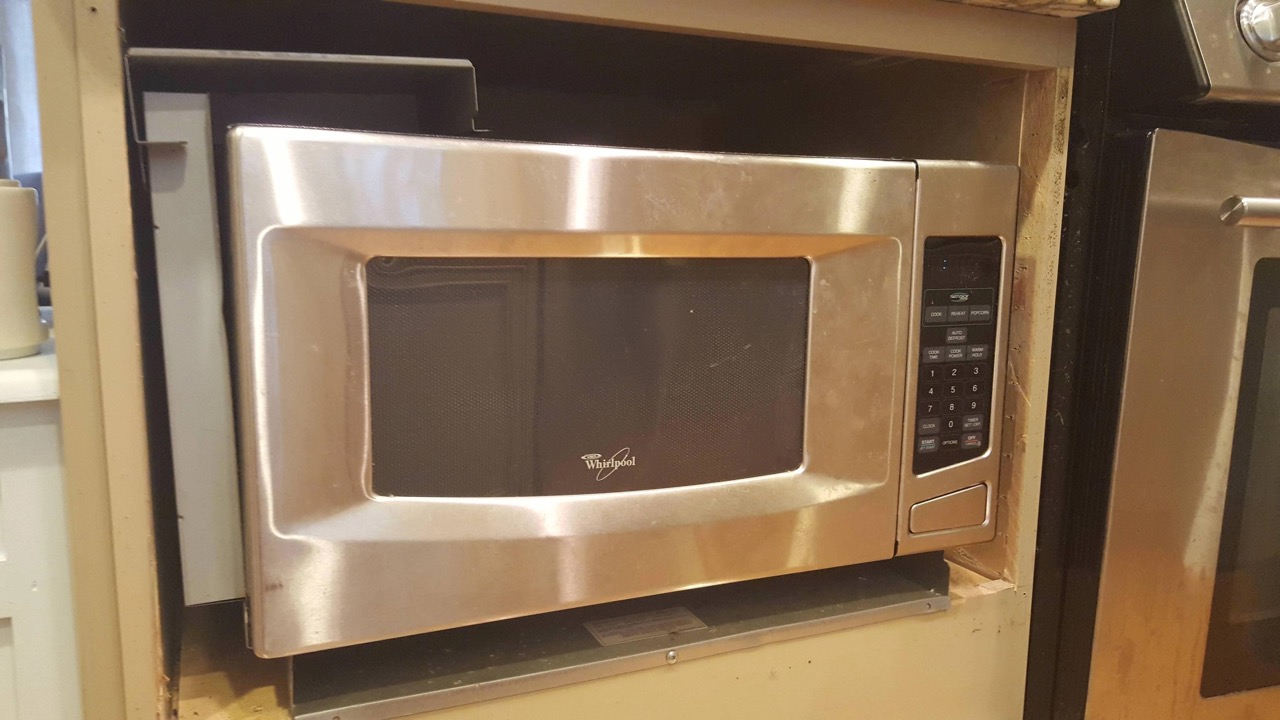

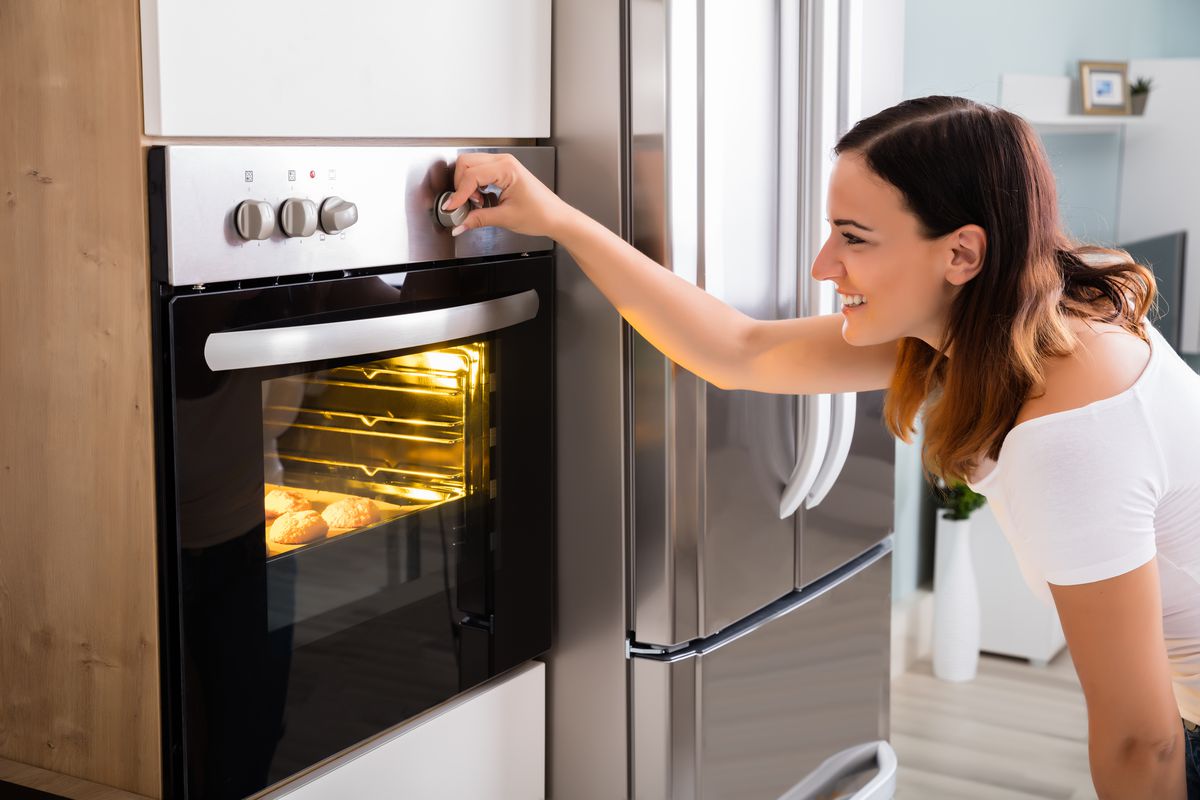
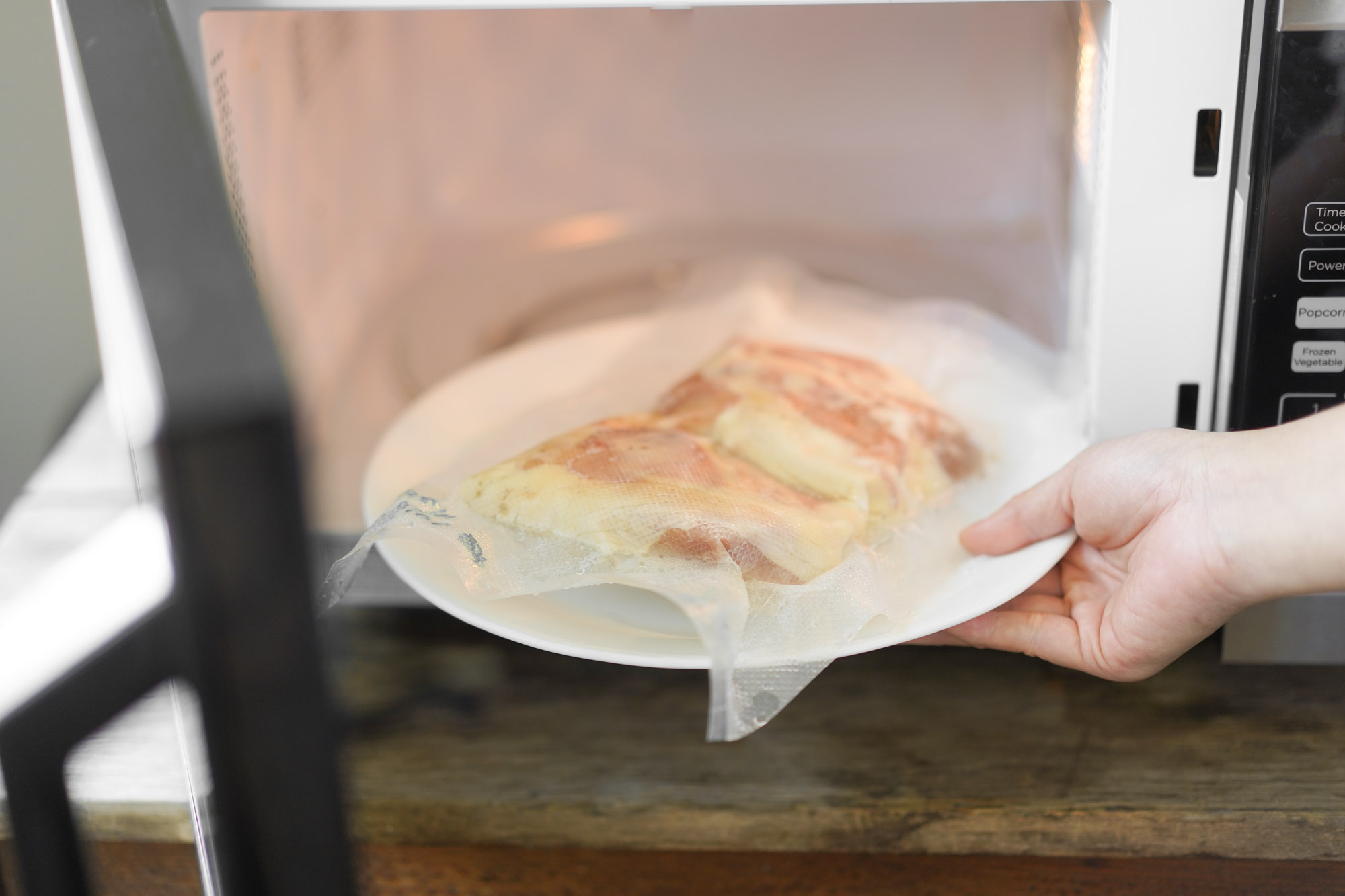

0 thoughts on “How Does A Microwave Oven Work”